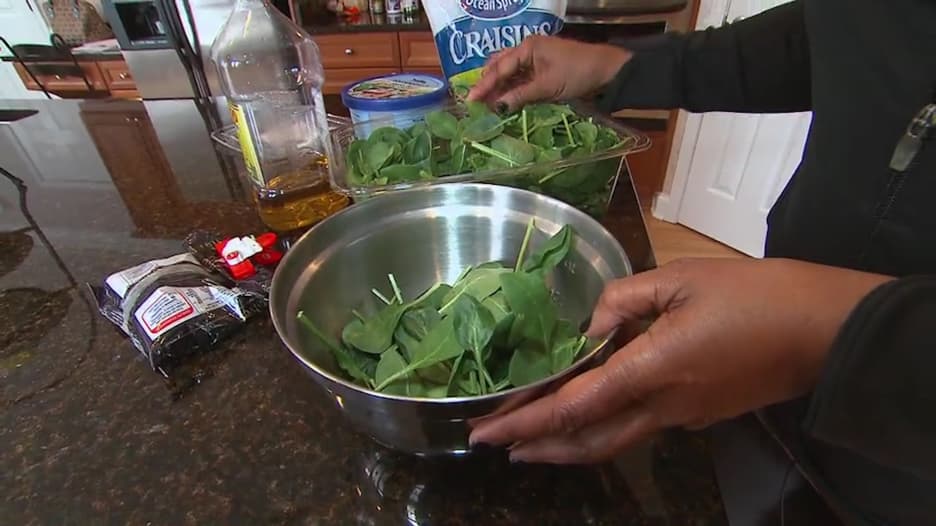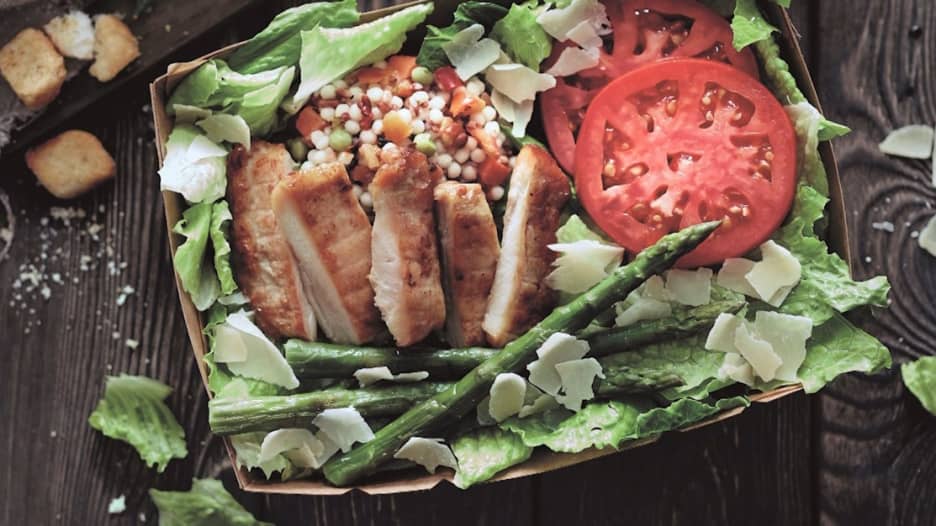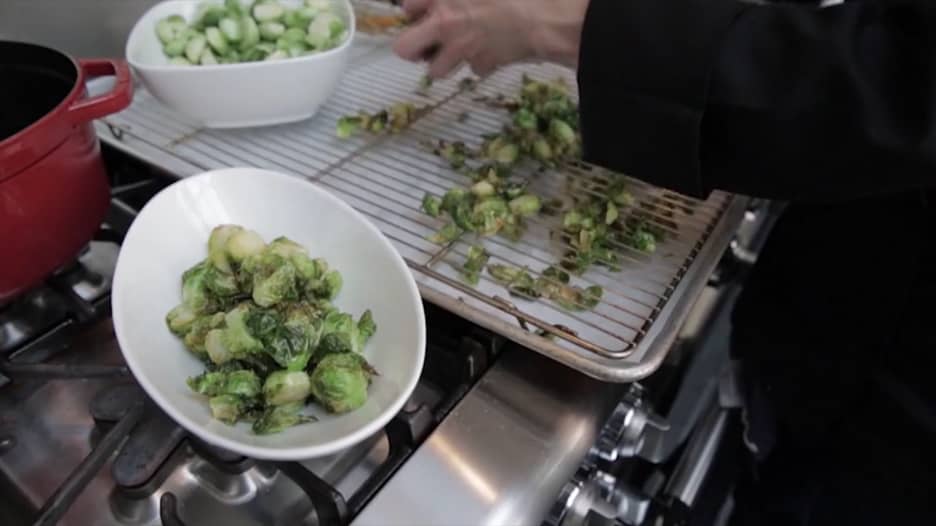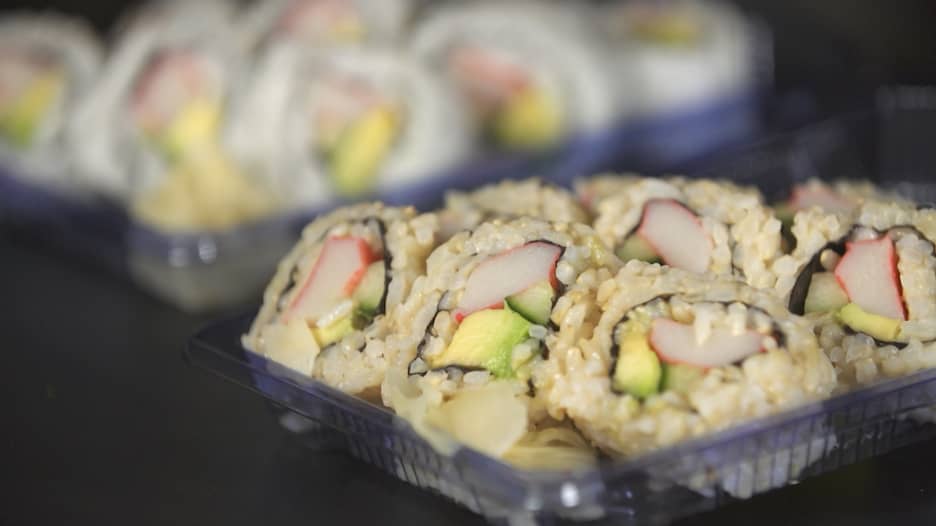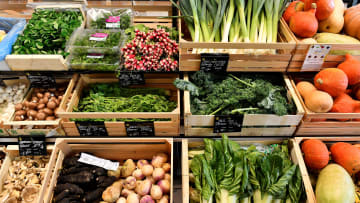دبي، الإمارات العربية المتحدة (CNN)-- بصفتها خبيرة تغذية، لطالما كانت ليزا دراير، من شبكة CNN، مُطلعة على الكثير من الآراء الجدلية في عالم التغذية، حول الأطعمة الصحية وتلك المُسببة للأمراض.
ولكن، دراير تعلم أن عادات الطعام المرتبطة بتناول الكثير من السكريات والأملاح والدهون غير الصحية هي في الواقع غير صحية.
وبذلك، قررت التحدث إلى طبيب الغدد الصماء العصبية للأطفال، الدكتور روبرت لستغ حول كتابه الجديد، الذي يعرف باسم "الأيض: إغراءات وأكاذيب الأطعمة المعالجة والتغذية والطب الحديث".
ويعمل لستغ كأستاذ بجامعة كاليفورنيا في سان فرانسيسكو، حيث كرس نفسه لعلاج السمنة ومرض السكري عند الأطفال والوقاية منهما. كما قام بتأليف كتاب "فرصة الدهون: التغلب على الصعاب لمواجهة السكر والأغذية المصنعة والسمنة والأمراض"، وهو الأكثر مبيعاً، حيث يناقش فيه مخاطر السكر الزائد وعلاقته بالسمنة، وما يمكننا فعله حيال ذلك.
ويقول لستغ إن إضافة الكثير من السكر إلى الأطعمة المصنعة يؤدي إلى الإدمان، الذي يتسبب بوجود دهون على الكبد. وبالتالي، تكون هناك عرضة لمقاومة الأنسولين ومتلازمة التمثيل الغذائي والموت.
وفي حين أن الناس يستطيعون تعديل كميات السكر، إلا أنه لا يمكن فعل ذلك مع الأطعمة المسببة للإدمان. وينطبق الأمر نفسه على جميع مواد المتعة الأخرى، مثل مثل الكوكايين والنيكوتين والهيروين.
ولكن، كيف يمكن التمييز بين الأطعمة المصنعة والمسببة للإدمان والأنواع الأخرى مثل الفول المعلب والخضروات المجمدة؟
وفي نظام تصنيف الأغذية البرازيلي NOVA، أوضح لستغ أن الفئة 1 هي طعام نقي، مثل التفاح. وتعد الفئة 2 هي عبارة عن طعام مشتت ميكانيكياً، مثل شرائح التفاح. ويكون الطعام من الفئة 3 عندما يتم إزالة شيء ما أو إضافته، مثل عصير التفاح.
وأخيراً، يصبح الطعام من الفئة 4 عندما يُضاف مكوناً للاستساغة، مثل فطيرة التفاح. وعادة ما يتم إزالة الألياف وإضافة السكر.
وأوضح لستغ أنه يمكن حماية الكبد وتغذية الأمعاء باتباع نظام غذائي صحي منخفض السكر وعالي الألياف.
ويجب أن يرى الناس ملصق الطعام على أنه ملصق تحذيري. وإذا لم يكن هناك ملصقاً، فهذا أمر جيد، لأنه لم يتم فعل أي شيء به.
وإذا كان هناك ملصق للطعام، فيجب البحث عن 3 أشياء:
- إذا كان السكر هو أحد المكونات الثلاثة الأولى، قم بإعادته. ولكن، تكمن المشكلة في أن هناك 262 اسماً للسكر، حيث تسعى الصناعة إلى إخفاء ذلك عن قصد.
- انظر إلى الدهون. إذا كان يقول زيت فول الصويا أو زيت النخيل أو زيت بذرة القطن أو أي من زيوت البذور, فهذه أوميغا 6، وقد تمت إضافتها. وتعد هذه داعمة للالتهابات، ما يجعلها مشكلة.
- انظر إلى الألياف. خذ إجمالي الكربوهيدرات وقسمه على الألياف الغذائية، وإذا كانت النسبة أقل من 5 ٪، فلا بأس بذلك. هذا يعني أن الشركة المصنعة لم تأخذ الكثير من الألياف خلال عملية المعالجة.
وبالطبع، تعتمد إدارة الوزن على نوع السعرات الحرارية التي يتم استهلاكها.. كيف ذلك؟
أوضح لستغ أنه عند تناول 160 سعرة حرارية من اللوز، يمتص الجسم 130 سعرة حرارية فقط.
وبالنسبة إلى الـ30 سعرة حرارية المتبقية، فهي للبكتيريا الموجودة في أمعائك، بحسب ما أوضحه لستغ.
وأضاف أنه ليس بالضرورة أن يمتص جسمك عدد السعرات الحرارية نفسها التي تتناولها، موضحاً أن الألياف هي المغذيات التي لا تُمتص.
وإذا كنت لا تطعم البكتيريا الخاصة بك، فهي تتغذى عليك. وبالتالي، تصاب بـ"تسرب الأمعاء" والالتهابات، ما يؤدي إلى مقاومة الأنسولين وزيادة الوزن والإصابة بالمرض.
وبالتالي، يعكس النظام الغذائي الغني بالألياف ذلك.
وأخيراً، سألت دراير الطبيب عن تفضيل الطعام الحقيقي على الأطعمة المصنعة، وما إذا يمكن أن يمنع الأمراض التي تهدد الحياة؟
وأكد لستغ على ذلك، قائلاً إن الجينات تلعب أدواراً عديدة في مختلف الأمراض.
وعلى سبيل المثال، لا يمكن تعديل الأمراض أحادية الجين بالنظام الغذائي.
لكن، تلعب البيئة دوراً كبيراً في الأمراض متعددة الجينات، مثل أمراض القلب ومرض الزهايمر ومرض الكبد الدهني غير الناجم عن شرب الكحول.
وأخيراً، يعتبر لستغ أن إصلاح النظام الغذائي ليس كافياً وحده، بل التخلص من الطعام المعالج هو أكثر فعالية، إذا لم يكن أسهل شيء تقوم به لاستعادة الصحة والحيوية وطول العمر.


